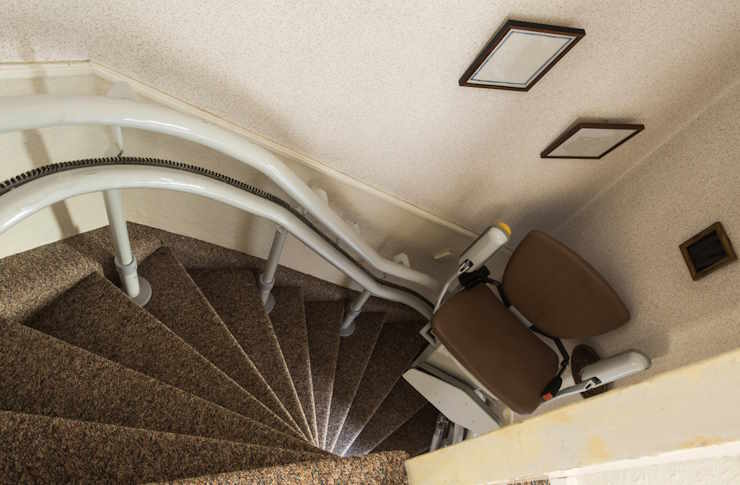Stair Lifts: Safe and Comfortable Mobility at Home
Stair lifts can make everyday life easier for people with limited mobility, providing a safe and comfortable way to move between floors. Designed to fit different types of staircases, these devices help maintain independence while reducing the risk of accidents. In this article, we look at how stair lifts work, the key features to consider, and tips for choosing a model that suits both your home and your needs.

Understanding How Stair Lifts Work
A stair lift consists of a motorized chair or platform that travels along a rail system mounted to your staircase. The chair typically runs on a battery-powered motor, ensuring operation even during power outages. Modern stair lifts feature a call-and-send system, allowing users to summon the chair from either end of the staircase, and include safety sensors that stop the lift if obstacles are detected.
Key Benefits of Installing a Stair Lift
Stair lifts offer numerous advantages beyond basic mobility. They significantly reduce the risk of falls on stairs, which is particularly crucial for elderly or disabled individuals. These devices promote independence, allowing users to access all levels of their home without assistance. Additionally, stair lifts can be more cost-effective than relocating to a single-story home or making extensive home modifications.
Features of Modern Stair Lifts
Today’s stair lifts come equipped with advanced features for enhanced safety and comfort. Common features include:
-
Adjustable seat height and armrests
-
Foldable seats and footrests to save space
-
Safety belts and obstacle detection systems
-
Smooth start/stop functionality
-
Weather-resistant options for outdoor installations
-
Remote controls for easy operation
Choosing the Right Stair Lift
Selecting the appropriate stair lift depends on several factors:
-
Staircase configuration (straight, curved, or outdoor)
-
User’s physical needs and mobility level
-
Weight capacity requirements
-
Available space for installation
-
Budget considerations
-
Desired features and comfort options
Installation and Maintenance Requirements
Professional installation is crucial for safety and optimal performance. The process typically takes 4-8 hours for straight stairs and longer for curved installations. Regular maintenance includes:
-
Annual safety inspections
-
Battery checks and replacement when needed
-
Track cleaning and lubrication
-
Testing of safety features
-
Adjustment of seat and controls as needed
Cost Considerations and Popular Models
| Model Type | Features | Estimated Cost Range |
|---|---|---|
| Basic Straight | Standard seat, manual swivel | £2,000 - £3,500 |
| Premium Straight | Powered features, enhanced comfort | £3,500 - £5,000 |
| Curved Custom | Made-to-measure track, powered features | £7,000 - £11,000 |
| Outdoor | Weather-resistant, durable materials | £4,500 - £8,000 |
Prices, rates, or cost estimates mentioned in this article are based on the latest available information but may change over time. Independent research is advised before making financial decisions.
Conclusion
Stair lifts represent a valuable investment in home accessibility and safety. By carefully considering your specific needs, available features, and maintenance requirements, you can select a stair lift that provides years of reliable service and maintains your independence at home. The technology continues to advance, offering increasingly sophisticated solutions for various mobility challenges.
This article is for informational purposes only and should not be considered medical advice. Please consult a qualified healthcare professional for personalized guidance and treatment.




